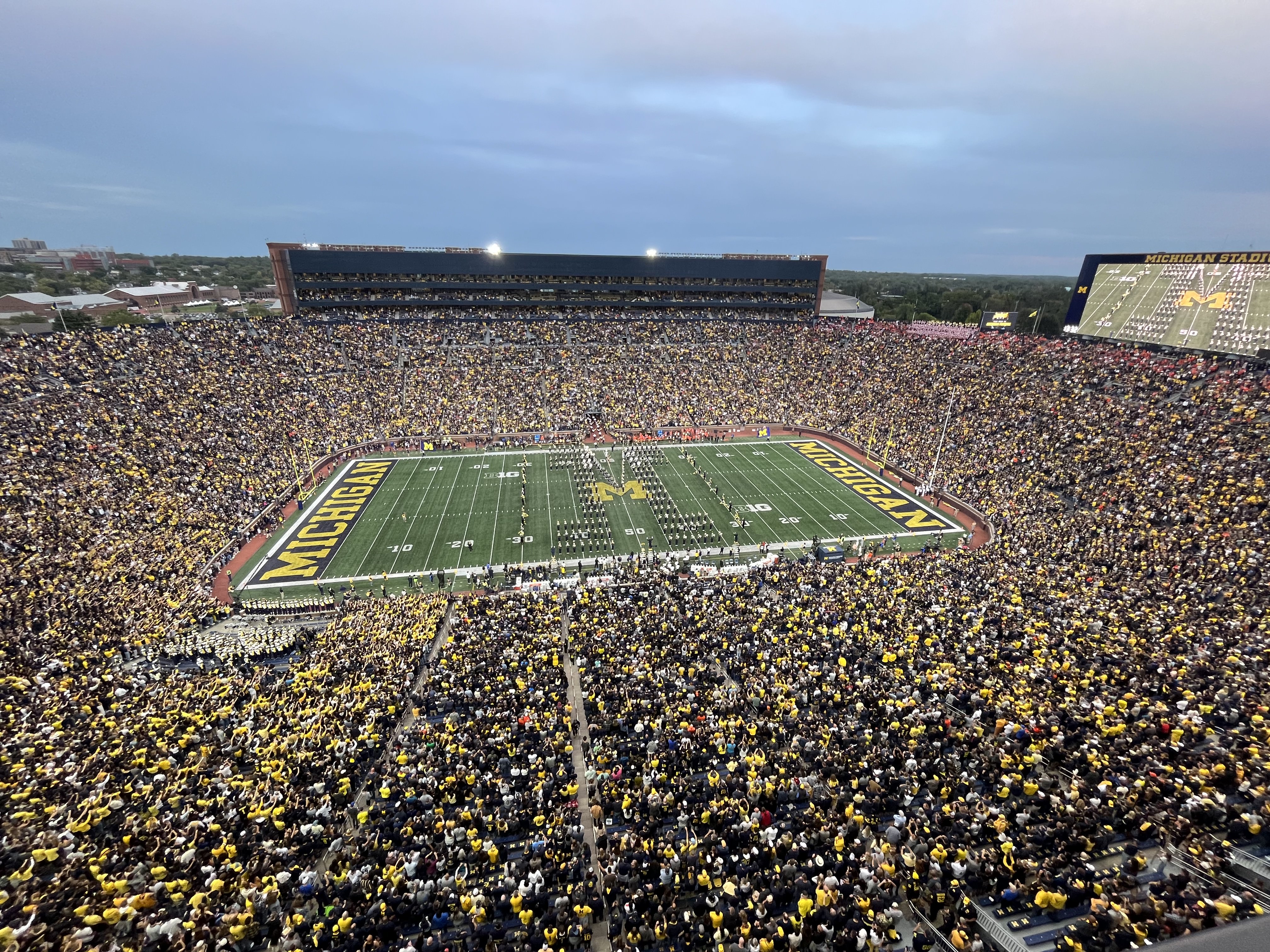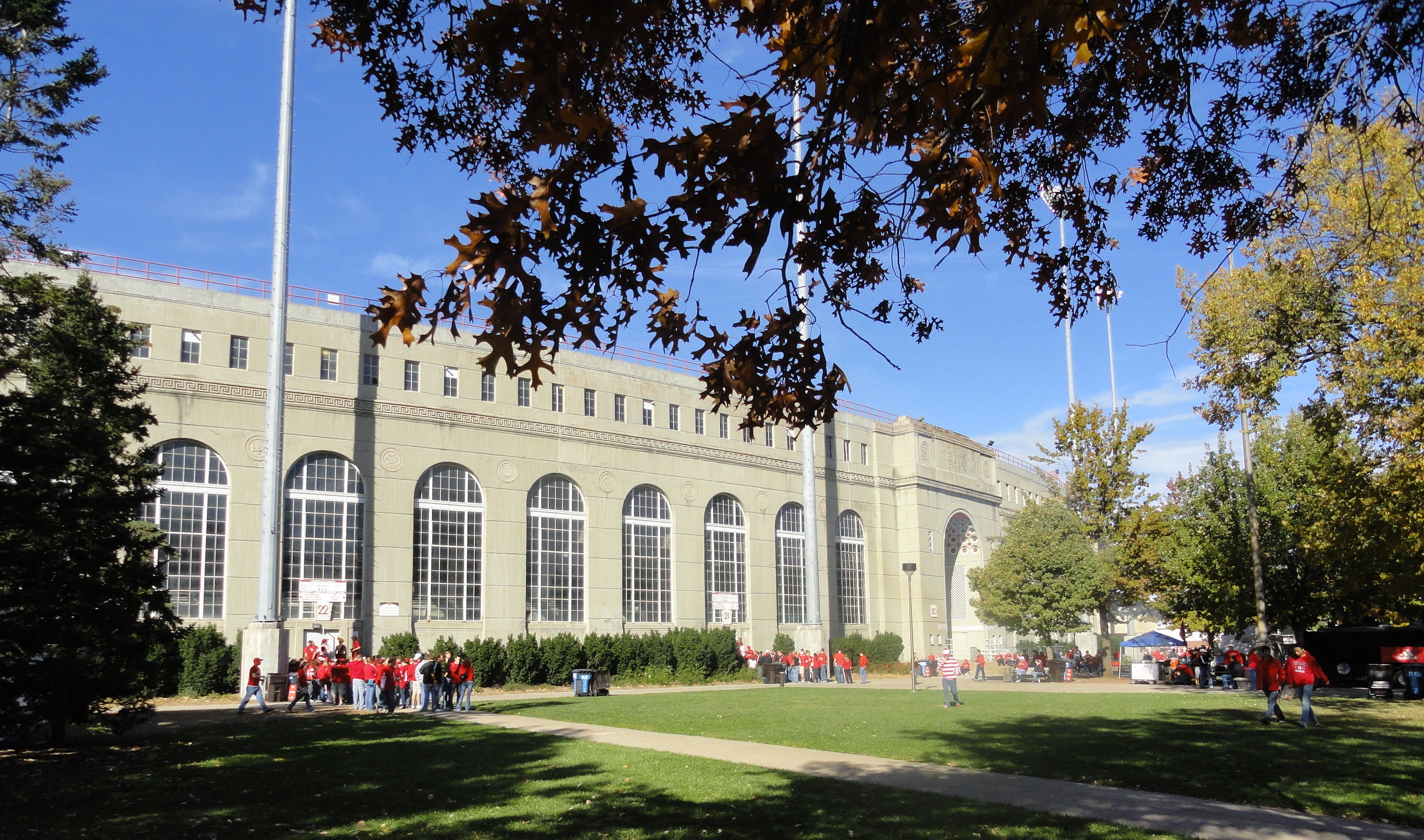21 College Campuses That Look Like They Belong in Europe
Think American college campuses are all red brick quadrangles or stark modern designs? Prepare for some stunning architectural time travel, no passport required. Scattered across the United States are remarkable universities so steeped in European aesthetics that wandering their grounds feels like stepping onto a different continent entirely. Picture yourself crossing cobblestone paths under soaring Gothic spires that rival Oxford's dreaming towers, or relaxing amidst formal gardens worthy of a French château – all stateside. These aren't accidental resemblances; they represent deliberate efforts by architects and university founders to channel Old World grandeur and academic legacy. We've curated and expanded our list, journeying virtually to showcase 21 US campuses where European elegance isn't just an influence, it's the breathtaking reality. Join us for a visual tour through these remarkable places where American higher education unfolds amidst stunning, transportive echoes of Europe.
1. Princeton University: Gothic Grandeur in New Jersey

Princeton University, located in the serene town of Princeton, New Jersey, is a prime example of Collegiate Gothic architecture. Modeled after the ancient universities of Oxford and Cambridge, its buildings are characterized by pointed arches, intricate stone carvings, and towering spires. As one meanders through the campus, the sense of stepping into a medieval European town is palpable. The iconic Nassau Hall, with its stately presence, serves as a reminder of the university's rich history and academic prestige. The meticulously manicured lawns and gardens further enhance the European ambiance, offering a tranquil retreat for students and visitors alike. Princeton's commitment to preserving its architectural heritage while embracing modern advancements makes it a unique and inspiring place of learning.
2. University of Chicago: A Neo-Gothic Marvel

The University of Chicago, nestled in the vibrant neighborhood of Hyde Park, is another testament to the enduring appeal of Gothic architecture. Designed by Henry Ives Cobb, the campus features a harmonious blend of traditional Gothic elements and modern innovations. The iconic Harper Memorial Library, with its vaulted ceilings and stained-glass windows, transports visitors to a bygone era of scholarly pursuit. The lush quadrangles and meticulously maintained gardens evoke the spirit of European monastic communities, providing a serene backdrop for intellectual exploration. The university's commitment to fostering a dynamic and inclusive academic environment is reflected in its diverse architectural styles, making it a truly unique and inspiring place of learning.
3. Stanford University: Mediterranean Elegance in California
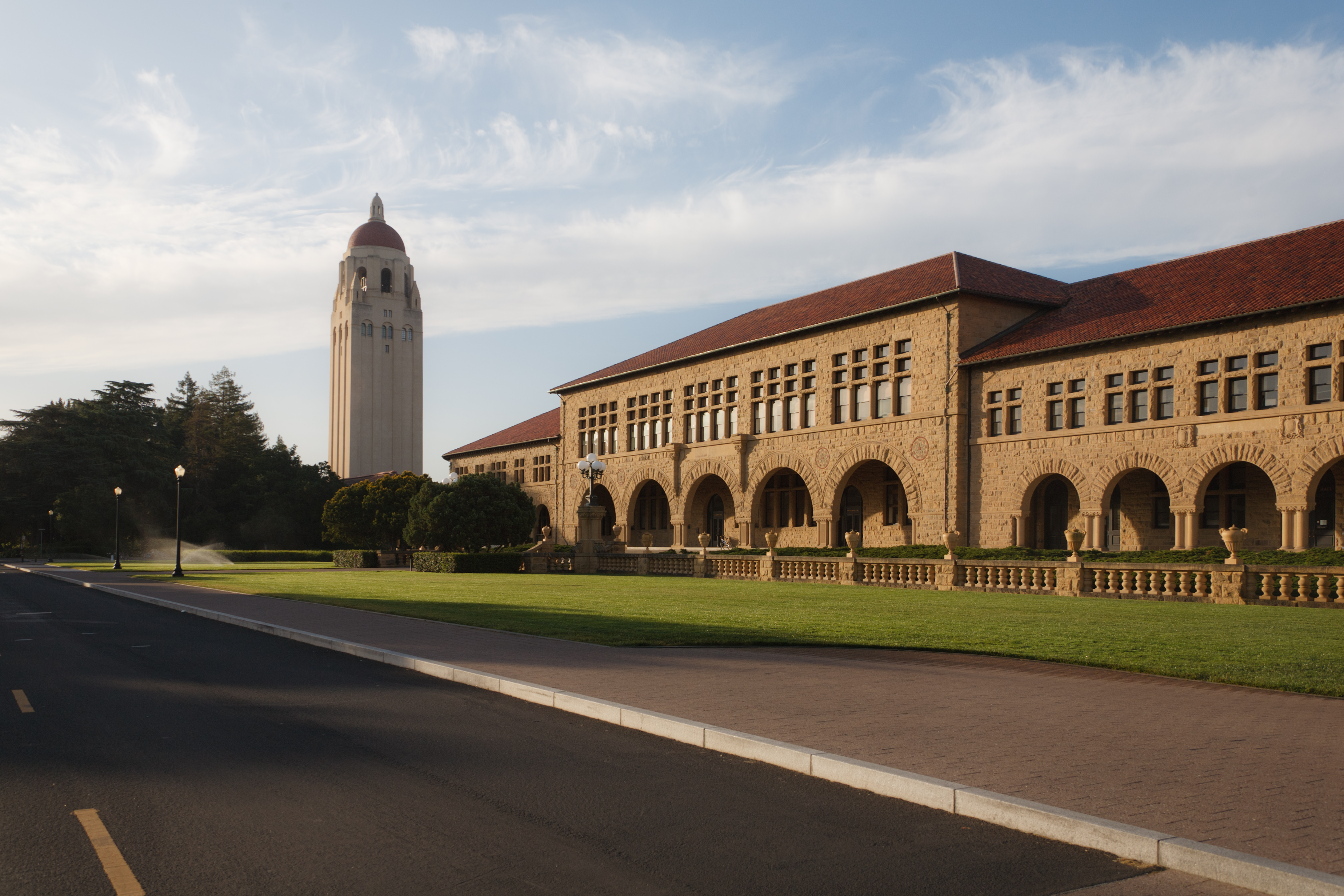
Stanford University, located in the heart of Silicon Valley, offers a striking contrast to the Gothic campuses of the East Coast. Inspired by the Spanish Renaissance and Mediterranean Revival styles, Stanford's architecture is characterized by red-tiled roofs, arched colonnades, and sun-drenched courtyards. The iconic Main Quad, with its palm-lined walkways and lush gardens, evokes the charm and elegance of a European villa. The harmonious blend of natural beauty and architectural splendor creates an idyllic setting for academic pursuits and personal growth. Stanford's commitment to innovation and sustainability is reflected in its cutting-edge research facilities and environmentally conscious design, making it a leader in both education and environmental stewardship.
4. Yale University: A Gothic Revival Masterpiece
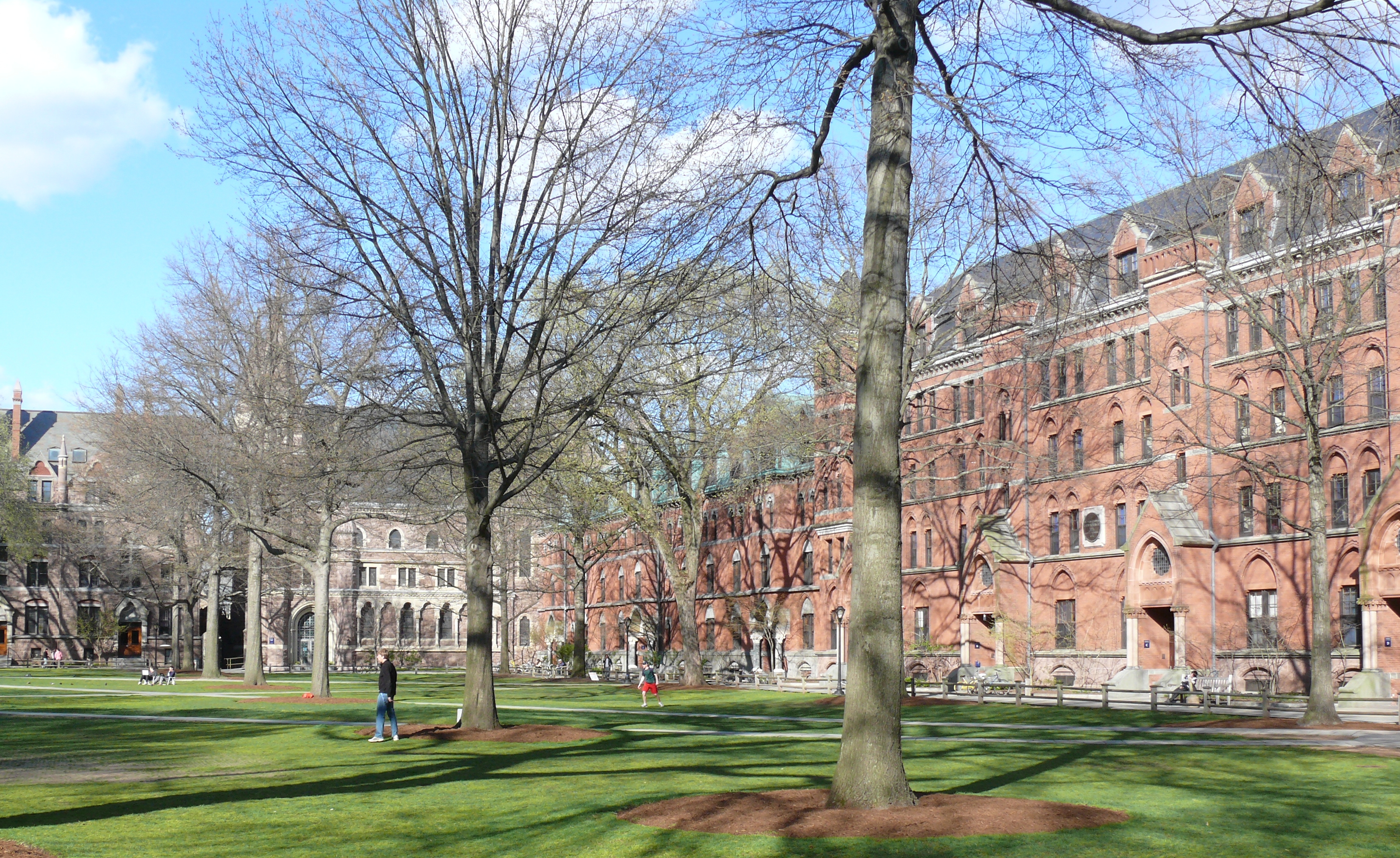
Yale University, located in New Haven, Connecticut, is renowned for its stunning Gothic Revival architecture. Modeled after the great cathedrals and universities of Europe, Yale's campus features soaring spires, intricate stone carvings, and expansive quads. The iconic Sterling Memorial Library, with its towering façade and ornate interior, serves as the heart of the university's academic life. The campus's lush greenery and meticulously maintained gardens provide a serene backdrop for scholarly pursuits and personal reflection. Yale's commitment to preserving its architectural heritage while embracing modern innovations makes it a unique and inspiring place of learning, where tradition and progress coexist harmoniously.
5. Duke University: A Southern Gothic Gem
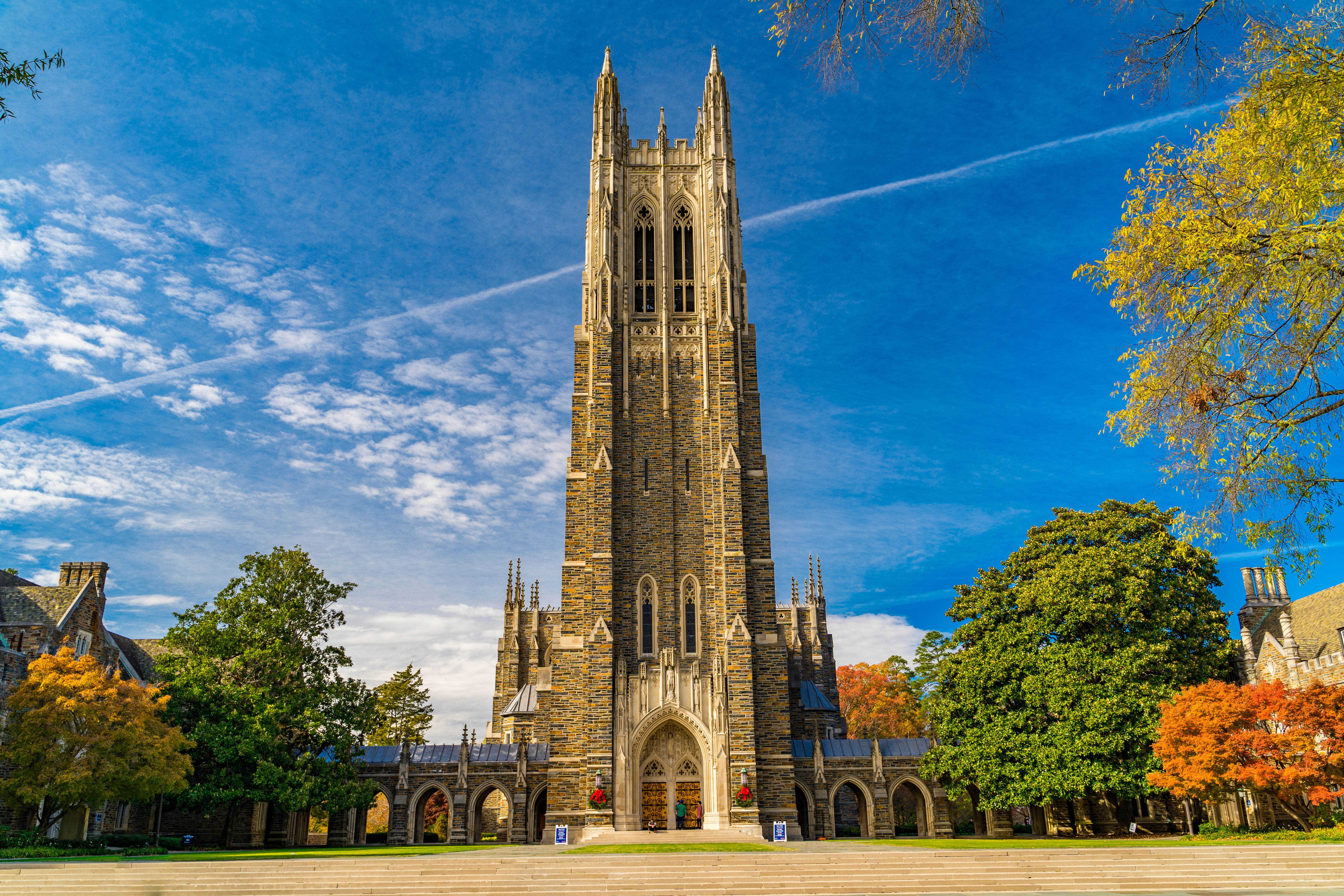
Duke University, located in Durham, North Carolina, is a shining example of Collegiate Gothic architecture in the American South. Designed by the renowned architectural firm Horace Trumbauer, the campus features a harmonious blend of traditional Gothic elements and Southern charm. The iconic Duke Chapel, with its soaring spire and intricate stonework, serves as the spiritual and architectural centerpiece of the university. The lush gardens and wooded landscapes surrounding the campus evoke the tranquility and beauty of a European countryside, providing a serene setting for academic pursuits and personal reflection. Duke's commitment to excellence in education and research is reflected in its diverse and dynamic academic community, making it a truly unique and inspiring place of learning.
6. Harvard University: The Birthplace of American Collegiate Architecture
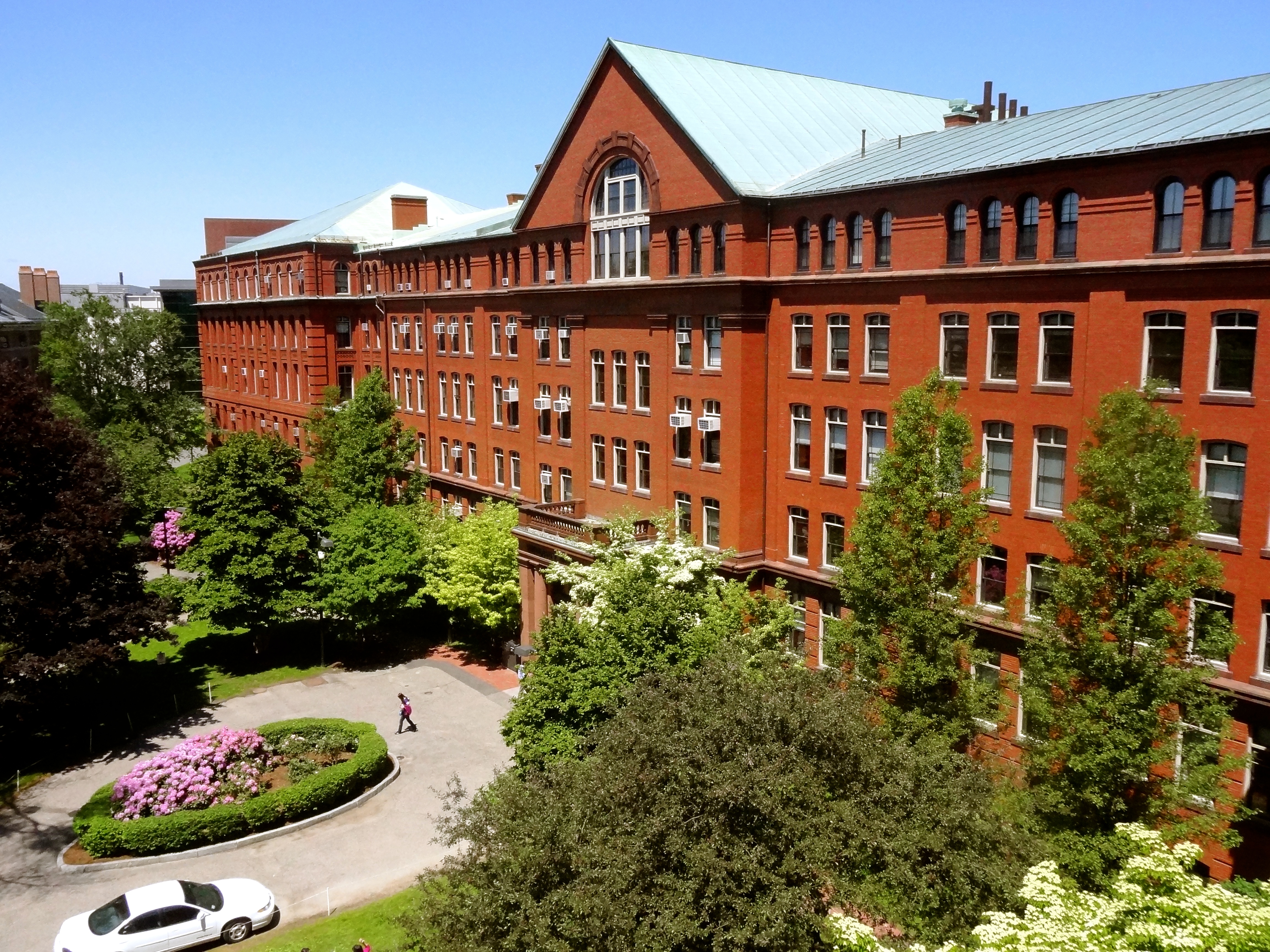
Harvard University, located in Cambridge, Massachusetts, is the oldest institution of higher learning in the United States. Its campus is a testament to the evolution of American collegiate architecture, drawing inspiration from European styles while forging its own unique identity. The iconic Harvard Yard, with its red-brick buildings and stately trees, evokes the charm and elegance of an English college. The university's commitment to preserving its architectural heritage is evident in its meticulous restoration efforts and the careful integration of modern facilities. Harvard's rich history and tradition of academic excellence make it a beacon of learning and innovation, attracting scholars and students from around the world.
7. University of Notre Dame: A French Gothic Inspiration

The University of Notre Dame, located in South Bend, Indiana, is a shining example of French Gothic architecture in the United States. Modeled after the great cathedrals of France, the campus features soaring spires, intricate stone carvings, and expansive quads. The iconic Basilica of the Sacred Heart, with its stunning stained-glass windows and ornate interior, serves as the spiritual and architectural heart of the university. The lush gardens and meticulously maintained landscapes provide a serene backdrop for academic pursuits and personal reflection. Notre Dame's commitment to excellence in education and research is reflected in its diverse and dynamic academic community, making it a truly unique and inspiring place of learning.
8. University of Washington: A Pacific Northwest Treasure

The University of Washington, located in Seattle, is a testament to the beauty and grandeur of Collegiate Gothic architecture in the Pacific Northwest. The campus features a harmonious blend of traditional Gothic elements and modern innovations, with iconic buildings such as Suzzallo Library serving as architectural masterpieces. The lush greenery and stunning views of Mount Rainier and Lake Washington provide a breathtaking backdrop for academic pursuits and personal growth. The university's commitment to sustainability and environmental stewardship is reflected in its cutting-edge research facilities and eco-friendly design, making it a leader in both education and environmental conservation.
9. University of Virginia: Jeffersonian Elegance
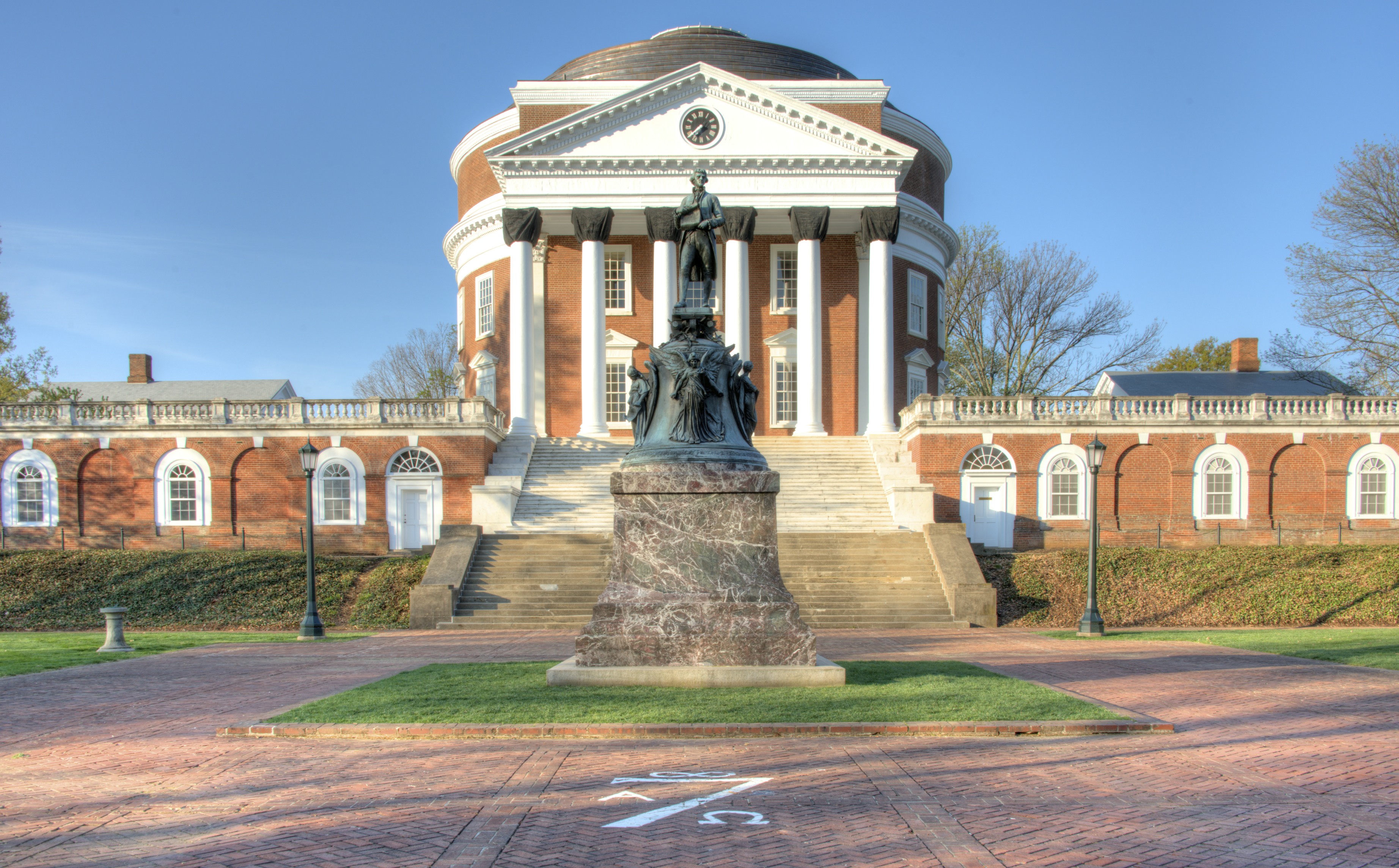
The University of Virginia, located in Charlottesville, is a masterpiece of American architecture, designed by Thomas Jefferson himself. The campus is a testament to the elegance and grandeur of Neoclassical design, with its iconic Rotunda and sweeping lawns evoking the charm and sophistication of a European estate. The harmonious blend of natural beauty and architectural splendor creates an idyllic setting for academic pursuits and personal growth. The university's commitment to excellence in education and research is reflected in its diverse and dynamic academic community, making it a truly unique and inspiring place of learning.
10. Rice University: A Mediterranean Oasis in Texas

Rice University, located in Houston, Texas, is a stunning example of Mediterranean Revival architecture in the United States. The campus features a harmonious blend of traditional Mediterranean elements and modern innovations, with iconic buildings such as Lovett Hall serving as architectural masterpieces. The lush gardens and meticulously maintained landscapes provide a serene backdrop for academic pursuits and personal reflection. Rice's commitment to excellence in education and research is reflected in its diverse and dynamic academic community, making it a truly multicultural place of learning.
11. University of Colorado Boulder: A Rocky Mountain Retreat
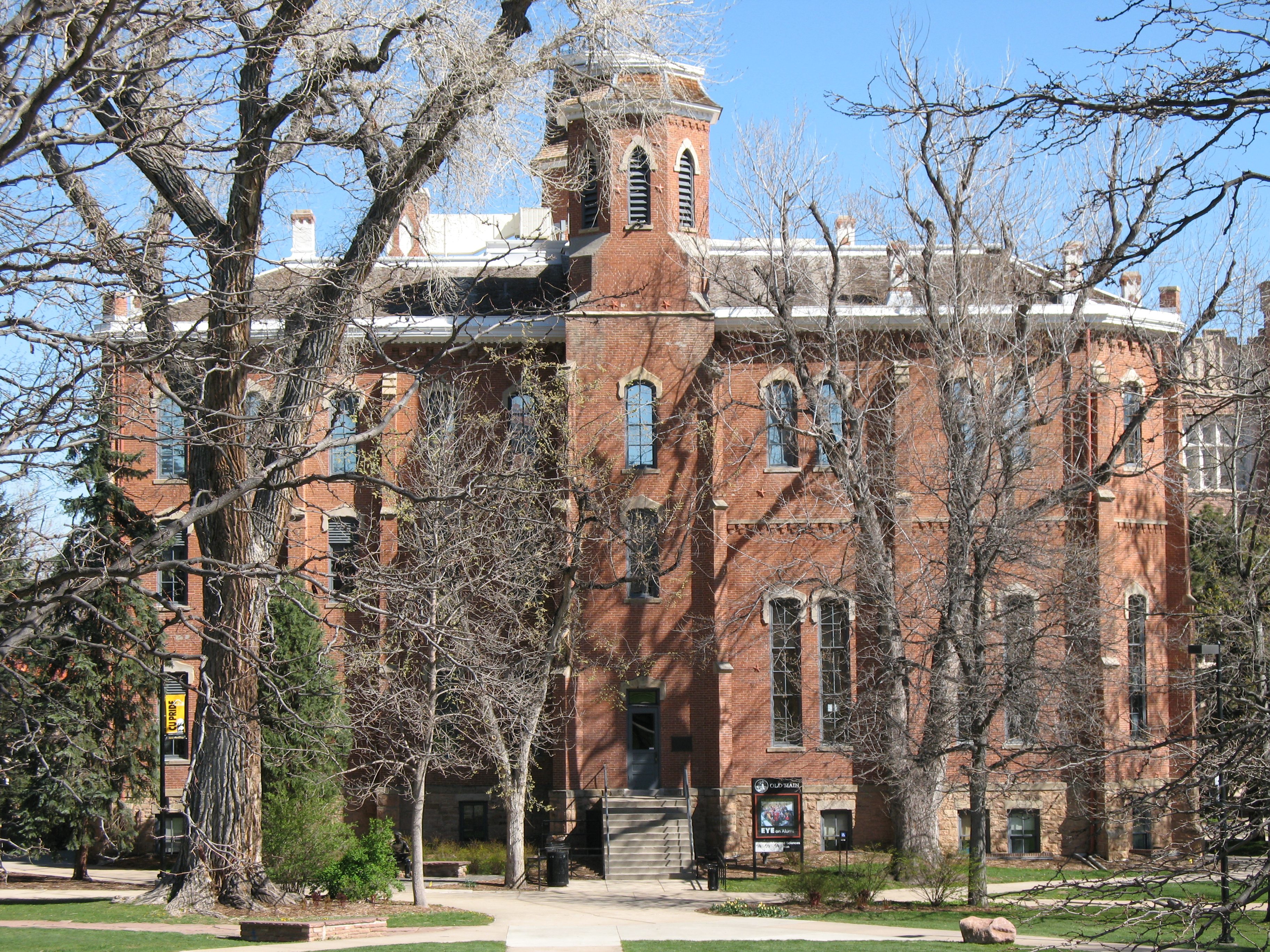
The University of Colorado Boulder, nestled at the foot of the Rocky Mountains, offers a breathtaking blend of natural beauty and architectural splendor. The campus features a harmonious blend of traditional and modern architectural styles, with iconic buildings such as Old Main serving as architectural masterpieces. The stunning views of the Flatirons and lush greenery provide a serene backdrop for academic pursuits and personal growth. The university's commitment to sustainability and environmental stewardship is reflected in its cutting-edge research facilities and eco-friendly design, making it a leader in both education and environmental conservation.
12. Bryn Mawr College (Bryn Mawr, PA): An American Oxford
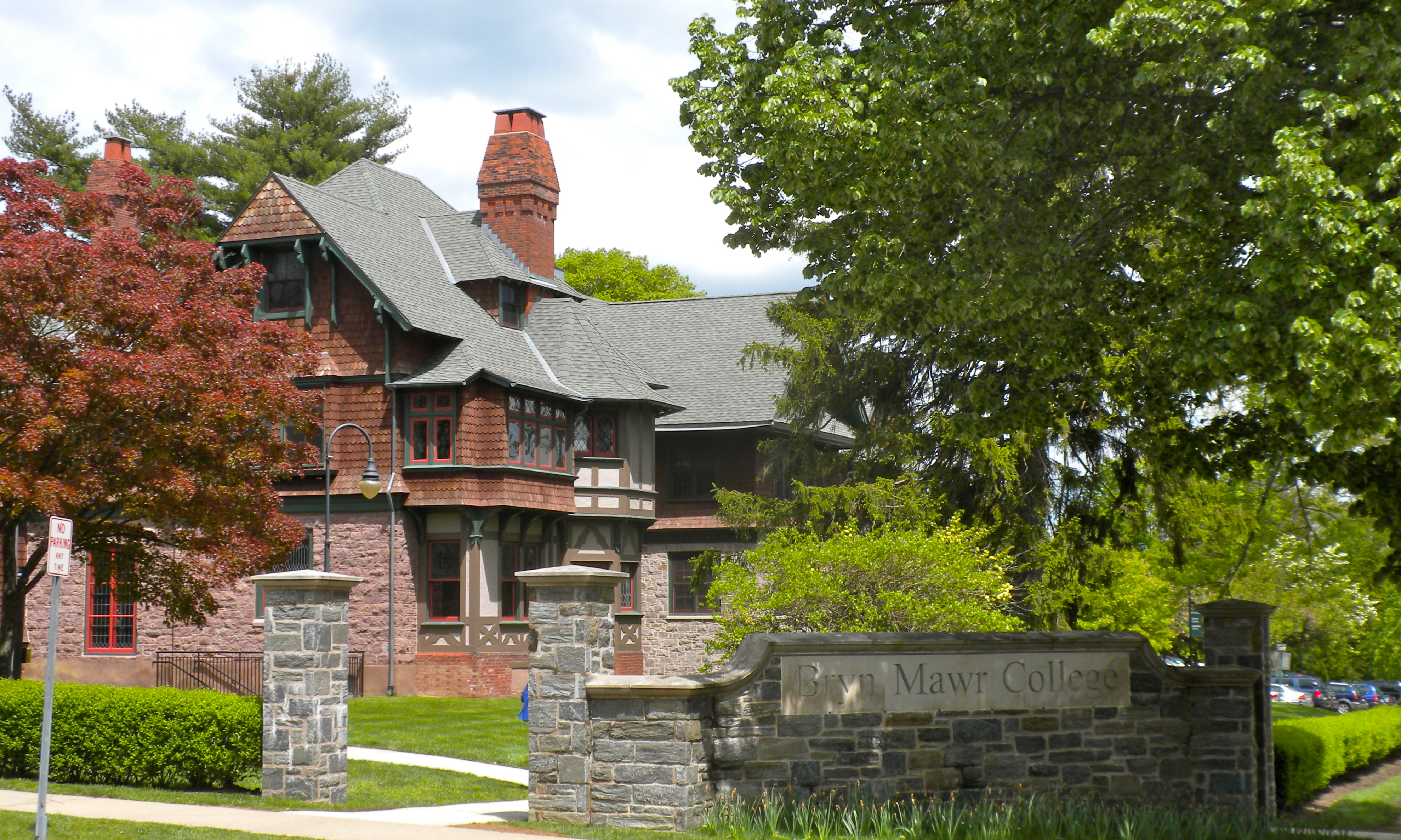
Designed largely by renowned architects Cope & Stewardson, Bryn Mawr is a quintessential example of Collegiate Gothic designed to evoke Oxford and Cambridge. Walkways wind beneath pointed stone arches, ivy clings to meticulously crafted facades, and towers like Rockefeller Hall's pierce the sky. The Great Hall feels like stepping into an ancient English university dining hall. This cohesive, immersive design creates an atmosphere steeped in academic tradition and European architectural beauty, making it a standout among liberal arts colleges for its transportive campus environment.
13. Vassar College (Poughkeepsie, NY): French Flair & Gothic Grace

Vassar offers a fascinating blend, most famously with its Main Building, designed by James Renwick Jr. with inspiration drawn directly from the Tuileries Palace in Paris, lending a distinct Second Empire grandeur. This French château feel is complemented elsewhere by classic Collegiate Gothic structures, like the stunning Thompson Memorial Library with its intricate tracery and Perpendicular Gothic style tower. This unique architectural mix gives Vassar a distinctive character, merging continental palace elegance with the scholarly ambiance of English university design.
14. University of Pennsylvania (Philadelphia, PA): Ivy League Gothic Heart
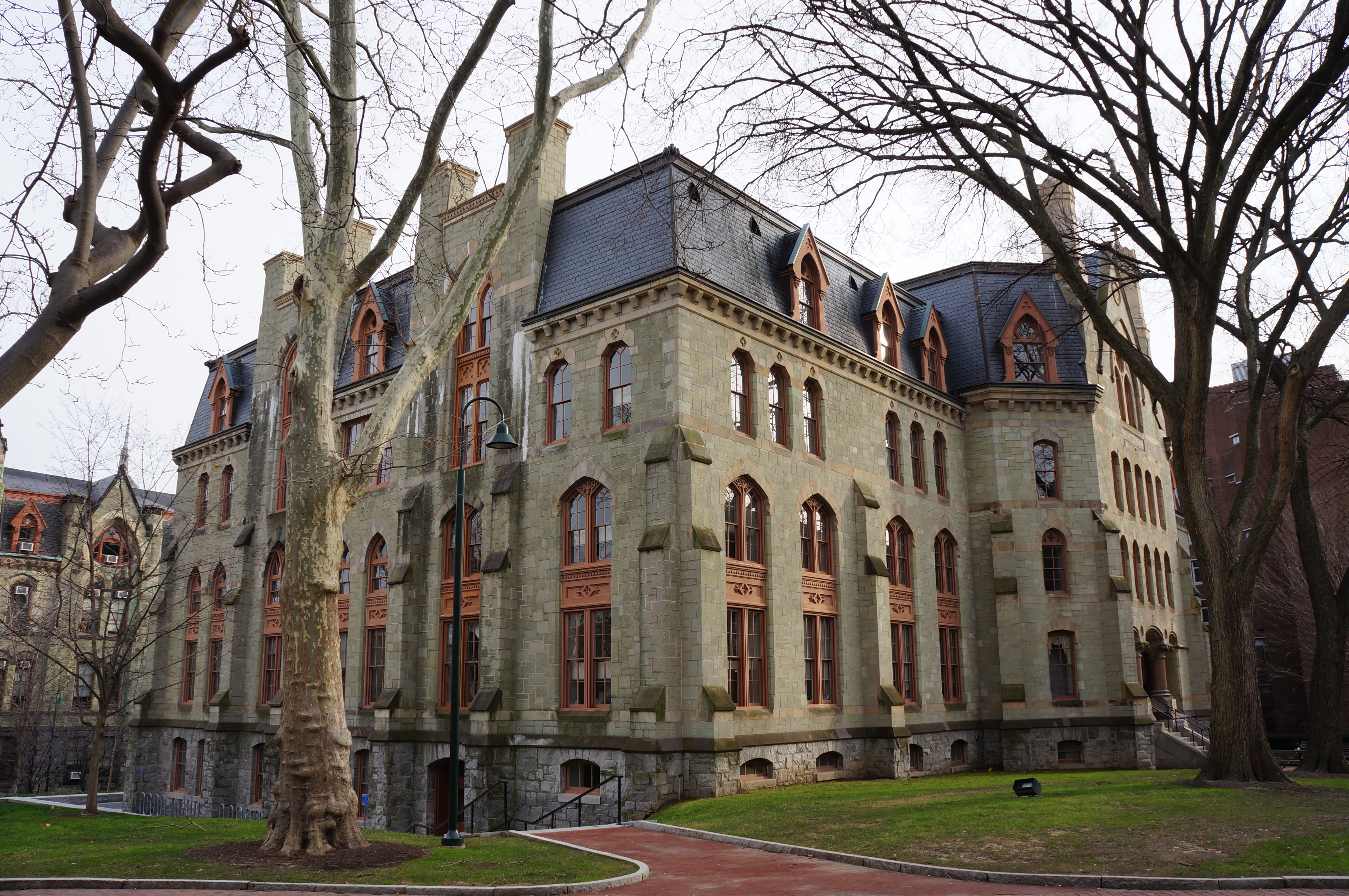
While encompassing diverse architecture, the heart of Penn's campus, particularly the undergraduate Quadrangle designed by Cope & Stewardson, feels undeniably European. Its interconnected dormitories feature a rich tapestry of Collegiate Gothic and Tudor Revival details – think gargoyles, bay windows, stone archways, and intimate courtyards. Wandering through the Quad feels like exploring the residential colleges of Oxford or Cambridge, offering students an immersive historical environment right within the vibrant city of Philadelphia, blending Ivy League prestige with Old World charm.
15. Washington University in St. Louis (St. Louis, MO): Unified Gothic Splendor
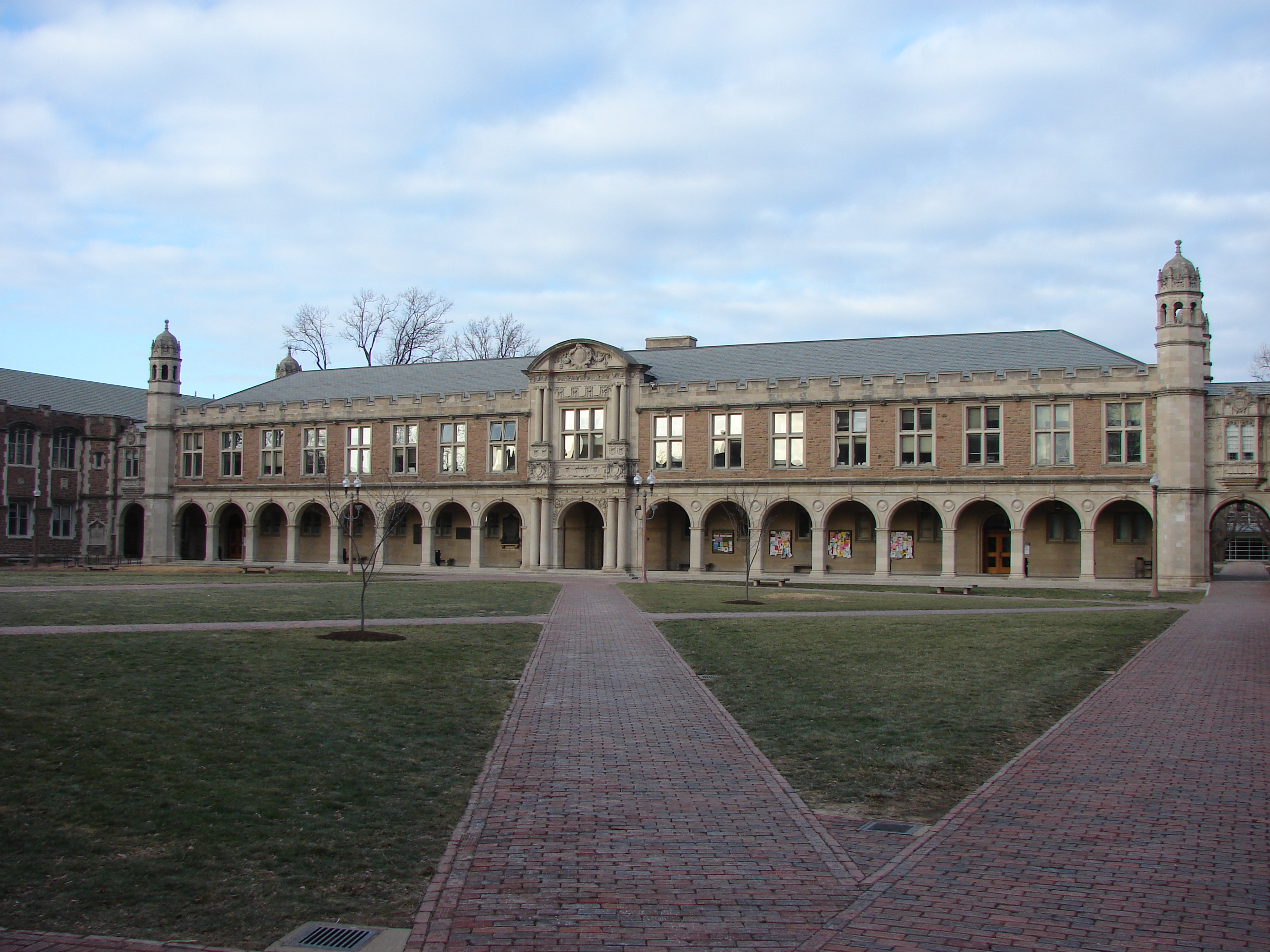
WashU is renowned for its remarkably cohesive and beautiful Collegiate Gothic campus, largely designed in the early 20th century. The iconic Brookings Hall, forming the gateway to the main quadrangle, sets the tone with its majestic towers and intricate stonework, strongly evoking Oxbridge models. The consistent use of Missouri red granite and limestone across numerous buildings creates a harmonious, park-like setting that feels both grand and inviting. It stands as one of America's most successful large-scale implementations of the European-inspired Collegiate Gothic style.
16. Boston College (Chestnut Hill, MA): Hilltop Gothic Majesty
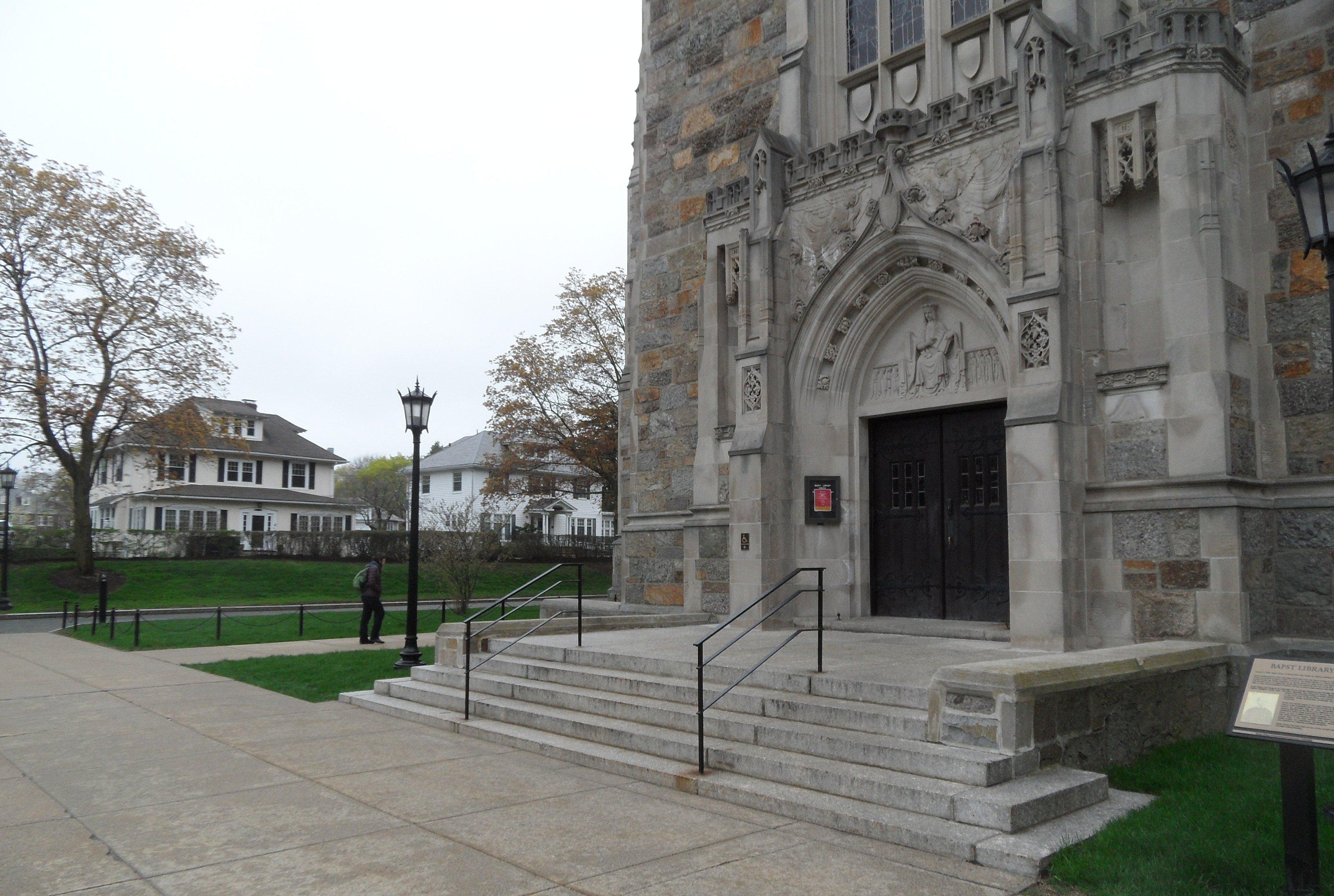
Perched dramatically on a hill overlooking Boston, BC's campus is dominated by stunning examples of Collegiate Gothic architecture. Gasson Hall, with its soaring, landmark bell tower inspired by England's Ely Cathedral, is the undeniable centerpiece. Surrounding buildings, like Bapst Library with its magnificent Gargan Hall reading room, echo this style with intricate stonework, stained glass, and vaulted ceilings. The resulting effect is one of enduring academic tradition and spiritual aspiration, creating a powerful sense of place reminiscent of Europe's great monastic universities.
17. University of Southern California (Los Angeles, CA): Romanesque Revival Power
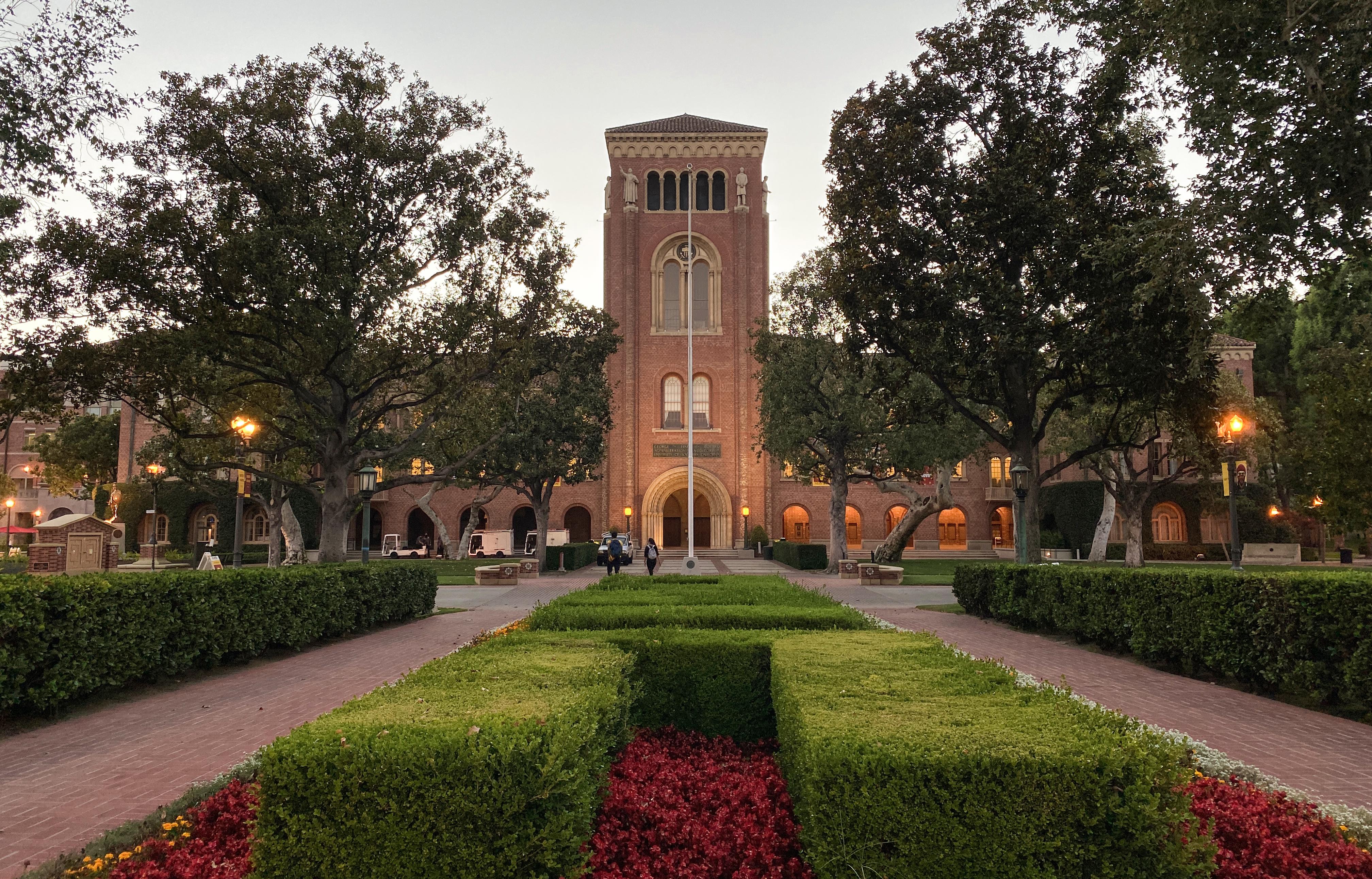
While showcasing various styles, USC's older core prominently features impressive Romanesque Revival architecture, a style drawing from early medieval European forms. Buildings like the Bovard Administration Building boast grand arches, sturdy columns, and intricate brick and terracotta detailing reminiscent of Italian Romanesque cathedrals and civic structures. This distinct architectural choice, blended with later Mediterranean influences across campus, gives USC a powerful, historic presence that feels different from the more common Gothic or Neoclassical styles, rooting it in Southern California with European echoes.
18. Scripps College (Claremont, CA): A Spanish Colonial Dream
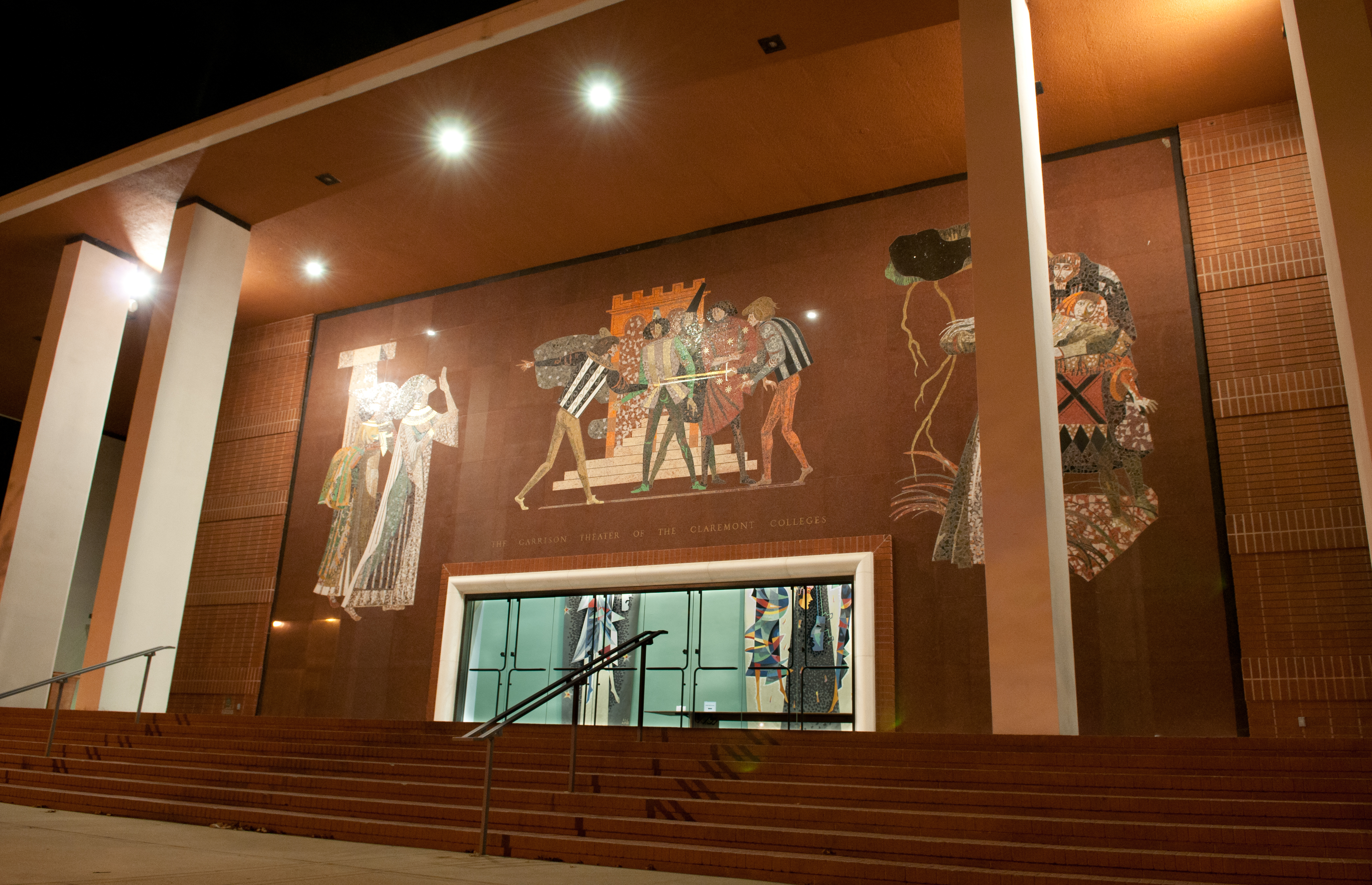
Part of the Claremont Colleges, Scripps boasts one of the most beautiful and architecturally cohesive campuses in America, designed predominantly in the Spanish Colonial Revival style. Think graceful archways, tranquil courtyards with fountains, decorative tilework, wrought iron details, and whitewashed walls under terracotta roofs. Designed by Gordon Kaufmann in the 1920s to feel like a Mediterranean villa complex, the campus offers an immersive experience of serene, elegant beauty perfectly suited to the Southern California climate, evoking the charm of Andalusia or colonial Mexico.
19. Rhodes College (Memphis, TN): Consistent Gothic Vision
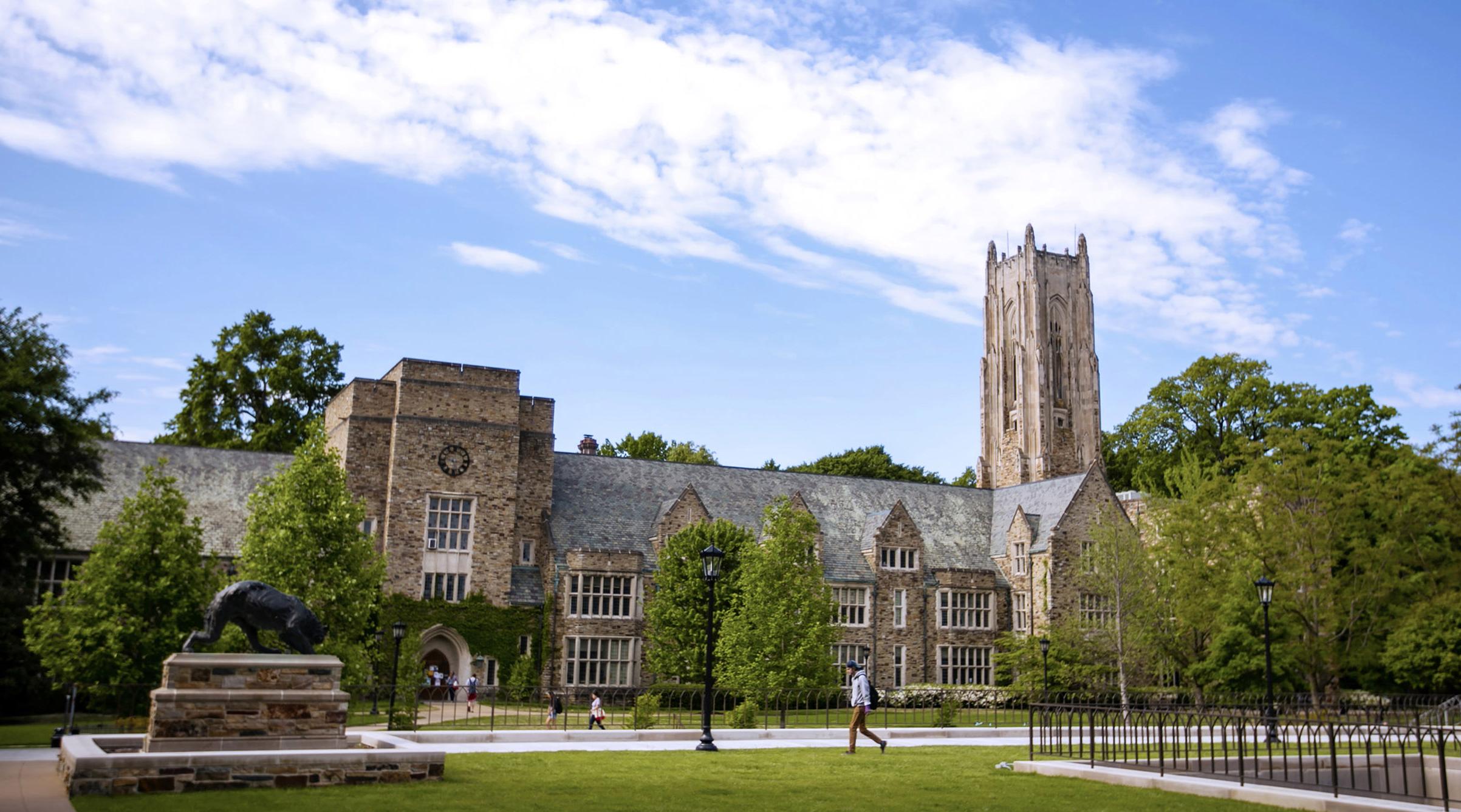
Rhodes College stands out for its unwavering commitment to the Collegiate Gothic style across its entire wooded campus. Designed predominantly by architect Charles Klauder, the uniform use of stone, slate roofs, leaded glass windows, and Gothic arches creates an exceptionally unified and atmospheric environment. Walking through the campus feels like stepping into a secluded English college quadrangle transplanted to the American South. This consistent architectural vision provides an intimate scale and a powerful sense of place steeped in academic tradition.
20. Berry College (Mount Berry, GA): English Gothic on a Grand Scale
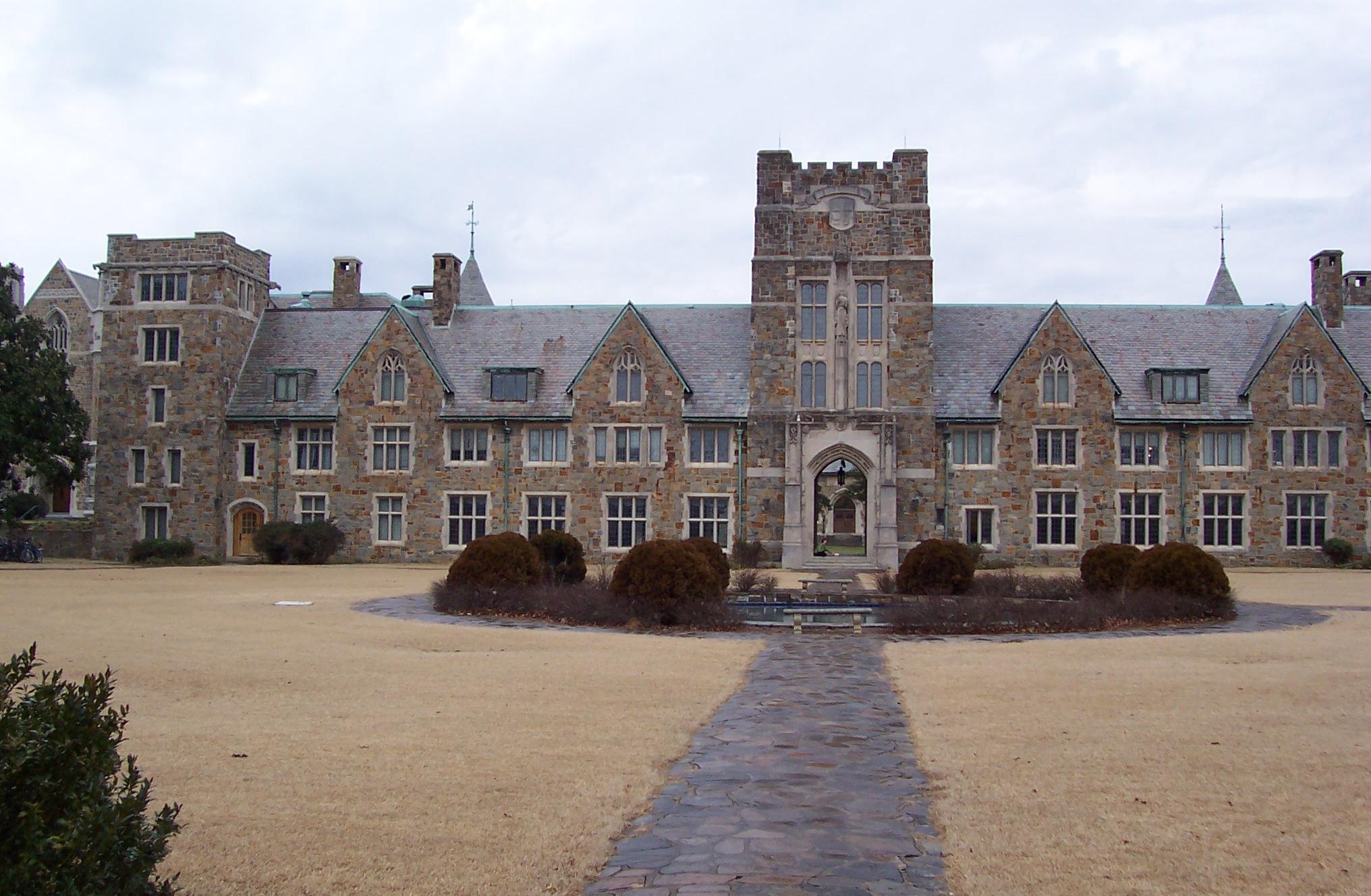
Boasting arguably the world's largest contiguous college campus, Berry College features significant and beautiful examples of English Gothic-inspired architecture, many funded by Henry Ford. The Ford Complex buildings, including Clara Hall and Ford Auditorium, showcase majestic stone structures with towers, arched windows, and detailing reminiscent of grand European estates or university halls. Set against vast forests, fields, and lakes, this architecture lends an air of timeless solidity and pastoral elegance to the sprawling Georgia campus.
21. Sewanee: The University of the South (Sewanee, TN): Mountaintop Academic Village

Perched atop the Cumberland Plateau, Sewanee possesses a unique sense of isolation and community, enhanced by its stunning Collegiate Gothic architecture. All Saints' Chapel dominates the skyline, while residential halls and academic buildings constructed from local sandstone blend harmoniously with the dramatic natural setting. The campus layout, often referred to as "The Domain," feels like a self-contained academic village modeled on Oxford, offering breathtaking views and a palpable sense of history and tradition far removed from urban bustle.
Old World Charm, New World Ambition
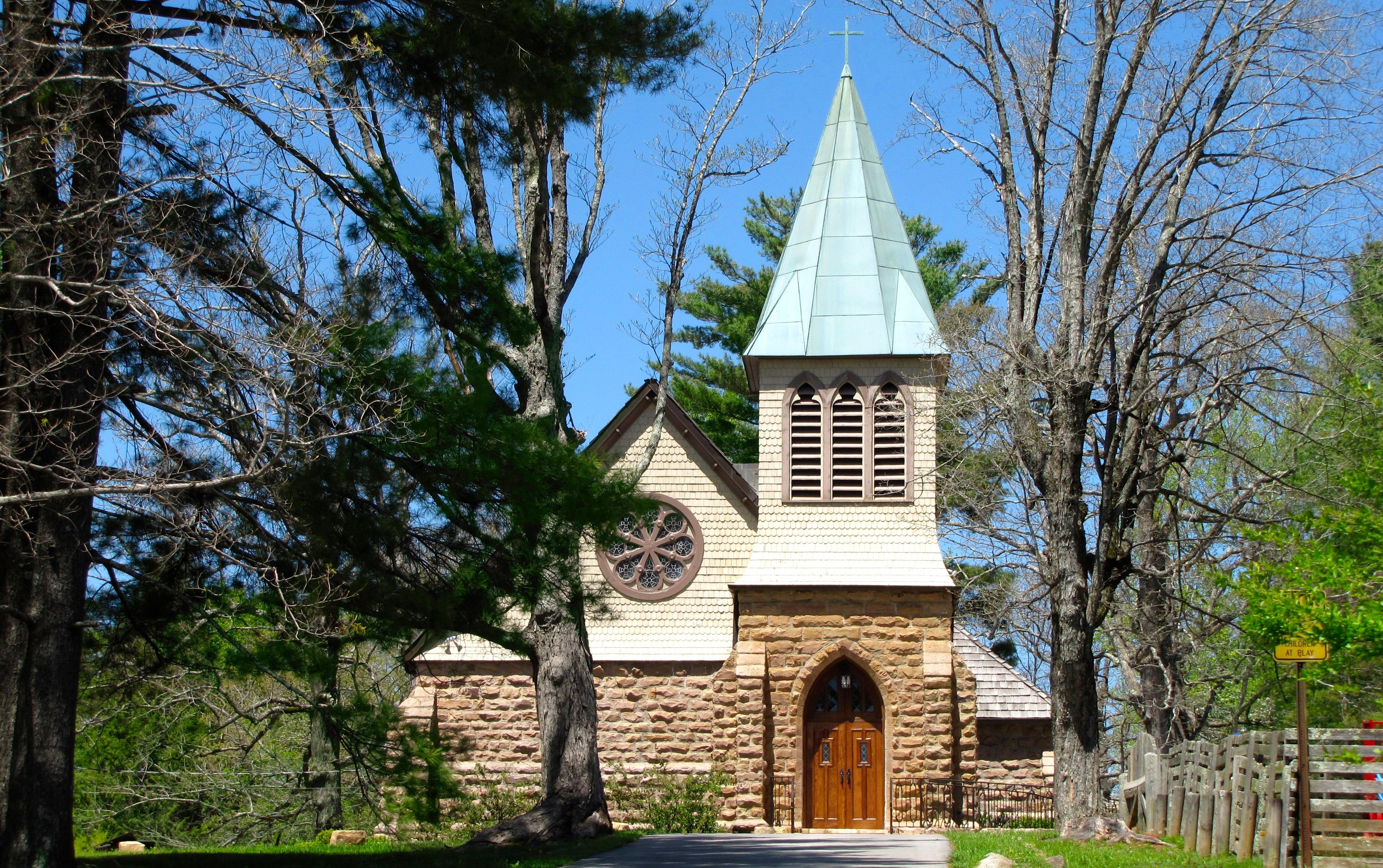
As we conclude our visual adventure through these 21 breathtaking U.S. campuses, it becomes evident that the allure of European-inspired architecture and design is timeless. Each campus, with its unique blend of tradition and innovation, offers a glimpse into a world where history and modernity coexist harmoniously. These campuses are not just centers of learning, but cultural landmarks that inspire and captivate all who visit them. They serve as a testament to the enduring appeal of European elegance and the American spirit of innovation, creating spaces where students and scholars can explore, discover, and grow. As we look to the future, these campuses will continue to inspire and shape the next generation of leaders, thinkers, and innovators, leaving a lasting legacy for generations to come.



